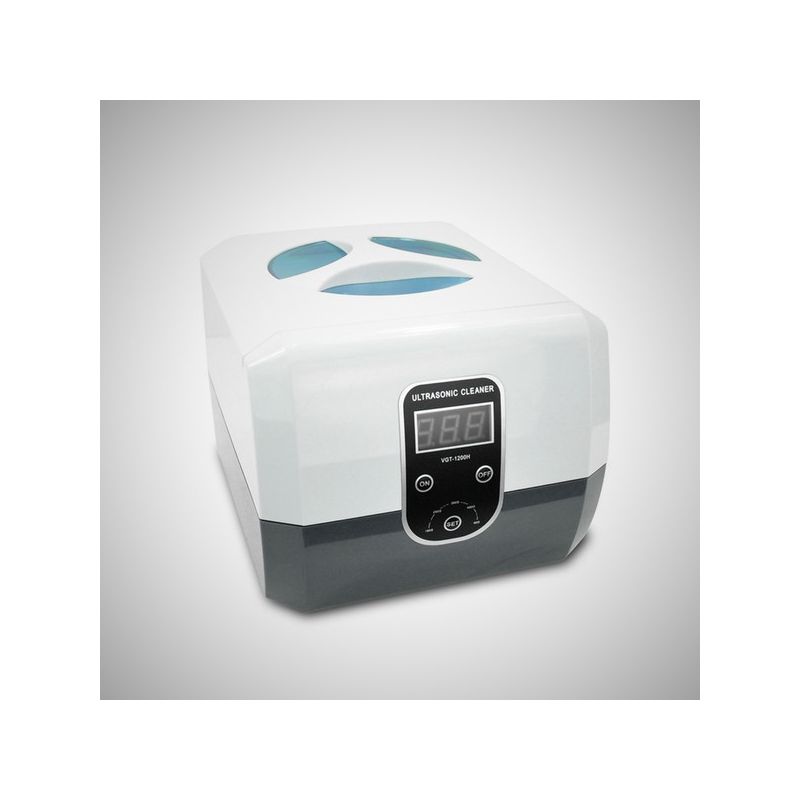
- #Digital image cleaner archive#
- #Digital image cleaner software#
- #Digital image cleaner professional#
All these technologies use computer prediction to repair these areas and can’t be compared to photo restoration. Read more about “What is Digital ICE? And when to use if for dust and scratch removal”.īut to make things short.

We have written a separate article on why its always better physically clean negatives and slides than just using technologies like Digital ICE.
#Digital image cleaner software#
Why cleaning is better than using Digital ICE and other dust and scratch removal software As said above it’s always best to do it once and for all. The same goes for photographic prints.Īlthough dust and other particles rarely cause these issues in the much larger prints it is advisable to clean them before scanning. Luckily cleaning them from dust and other particles can be easily and safely performed at home. In combination with other damages such as scratches, color-shifting or chemical residues this can cause terrible outcomes when scanning them. This means that crucial detail of your images can be covered. Because the photographic material is only 24mm (0.98″) x 35 mm (1.38″) even tiny dust particles cover a relatively large area of your negative or slide. Photographic prints are not as much affected by this as negatives and slides.
#Digital image cleaner archive#
As long as you don’t archive your photographic material in one of INTEL’s dust-free chip factories you will always have to fight it. Cleaning photographic material from dust and other particlesĭust will affect all photographic material you possess and it’s the number one reason why scans lack quality. If you work sloppy at any of these steps you have to redo all of them. Keep in mind that creating digital copies of your images is a time-consuming process that involves multiple steps. This will ensure that you do this once and for good. The best way to avoid that is by working according to the schedule and techniques we provide you here. Trust us, rushing through the process just means that at some point you have to redo the whole process of unpacking, cleaning, scanning and archiving again. We at InstaRestoration can not emphasize enough how important it is to work properly and precisely. Trust us, dust is the enemy! It can even enter the inside of your scanner which makes cleaning impossible and your scanner more or the less useless. Covering your scanner with a dust cover does not only save you a lot of cleaning-time but can also extend the lifetime of your scanner. Keeping your scanner clean and dust-free is as important as cleaning your negatives and prints. This subsequently means that your scans will improve too. Nevertheless, all of them can be performed at home and hugely improve the quality of your photographic material. Whereas some of these actions can be performed easily at home with just some extra and cheap appliances others need some more experience and equipment. The key to doing so is cleaning photographic material from impurities like chemical residues, dust, and other particles.

He can directly work on severe damages like torn pieces, cracks, scratches or color-shifting.
#Digital image cleaner professional#
The professional does not have to charge you for the time he is spending on manually cleaning your photographs from tiny dust particles which could have been cleaned off in the first place.

Properly preparing your photographic material for photo restoration is crucial for the best results and cheapest quotes. Why high-quality scans are so important for proper photo restoration Therefore it is important to minimize the level of dust and debris when scanning your images. Each dust particle can hide important details of an image. This is especially important when you like to scan your images. Even photographical prints can be damaged over the years. Dust and debris are the number one source of damaging negatives and slides. We can’t emphasize how important it is to properly clean your photographic material before scanning or archiving it. Why it’s important to clean your photographic material before scanning and archiving


 0 kommentar(er)
0 kommentar(er)
